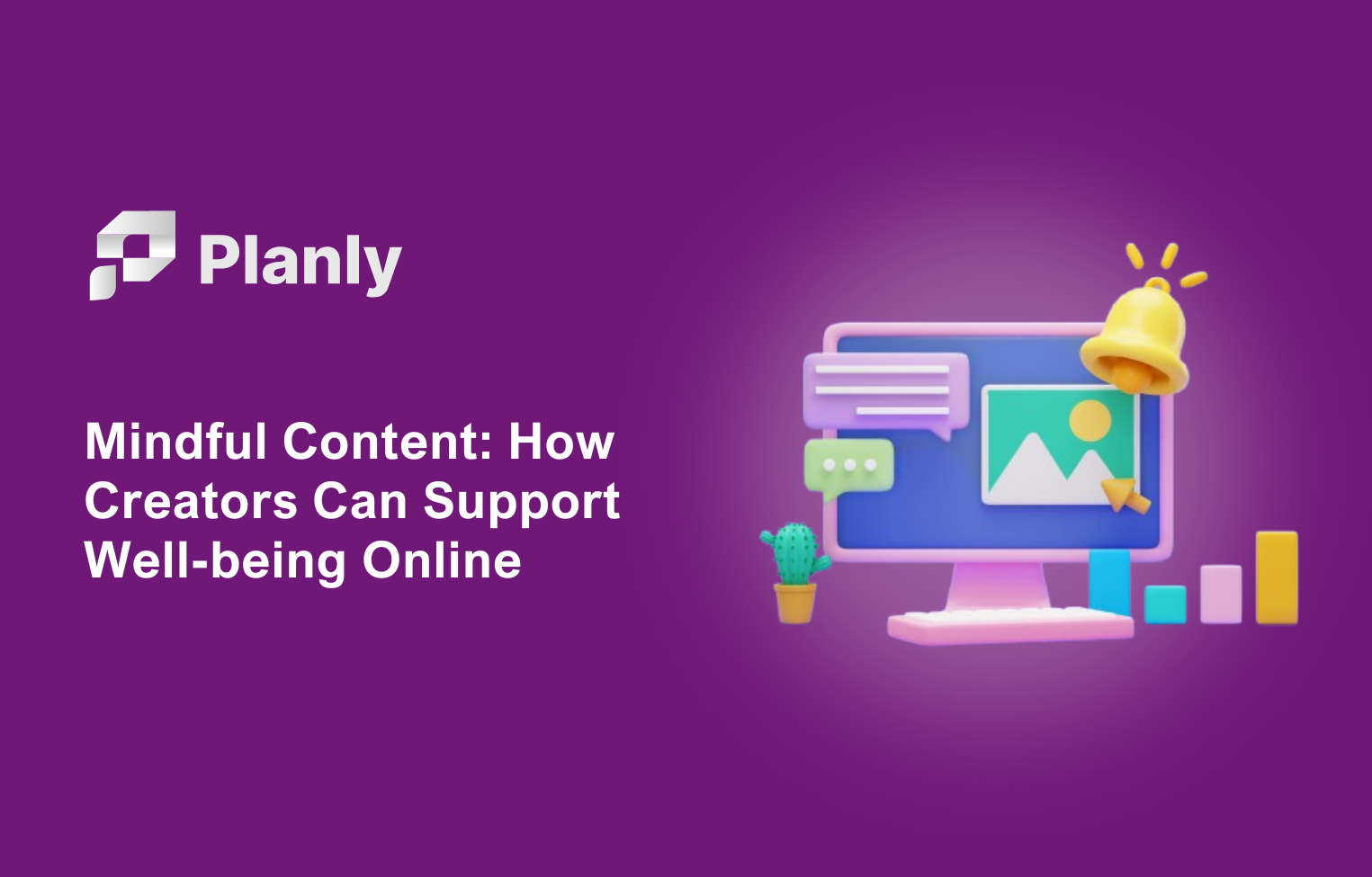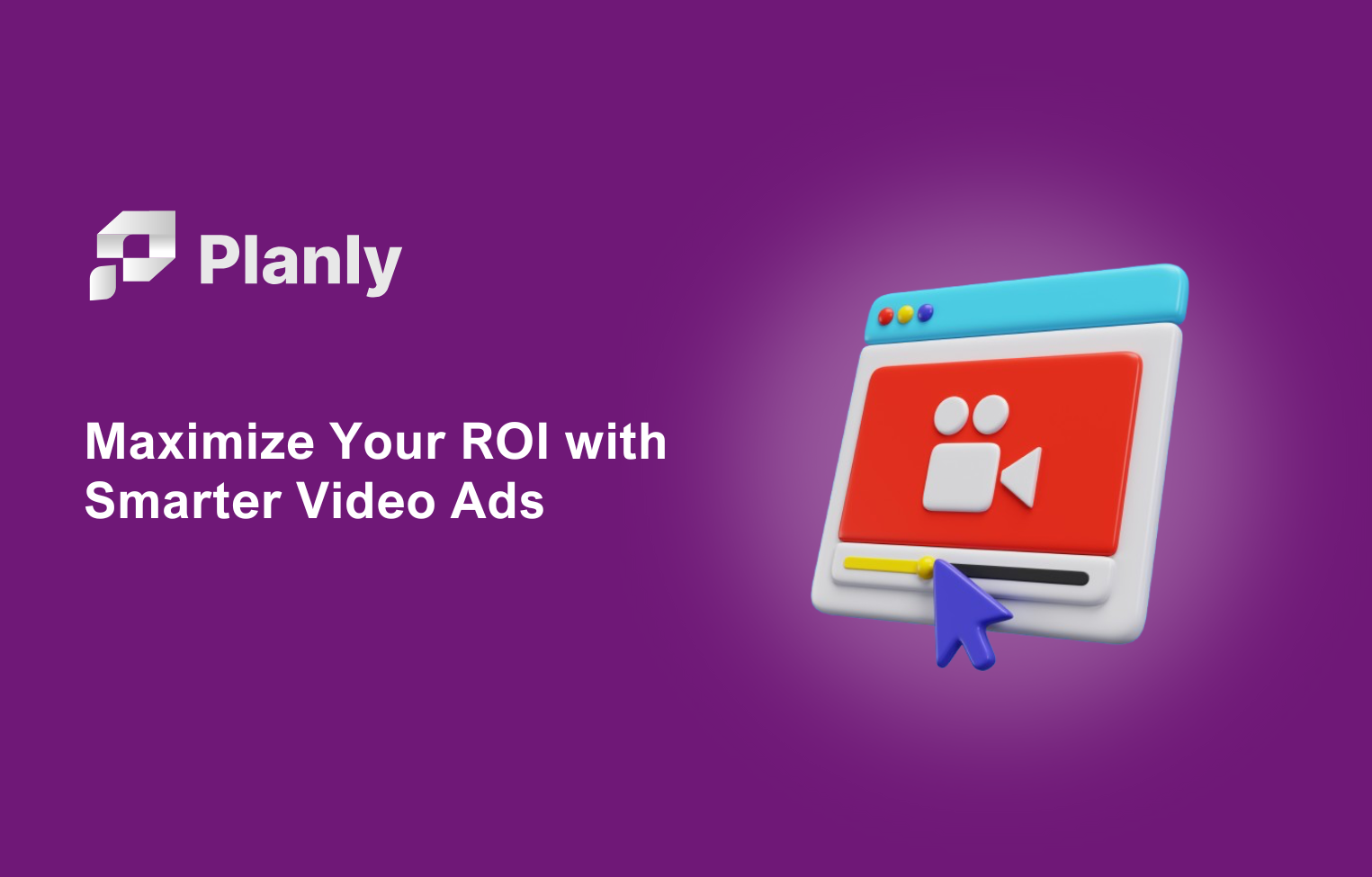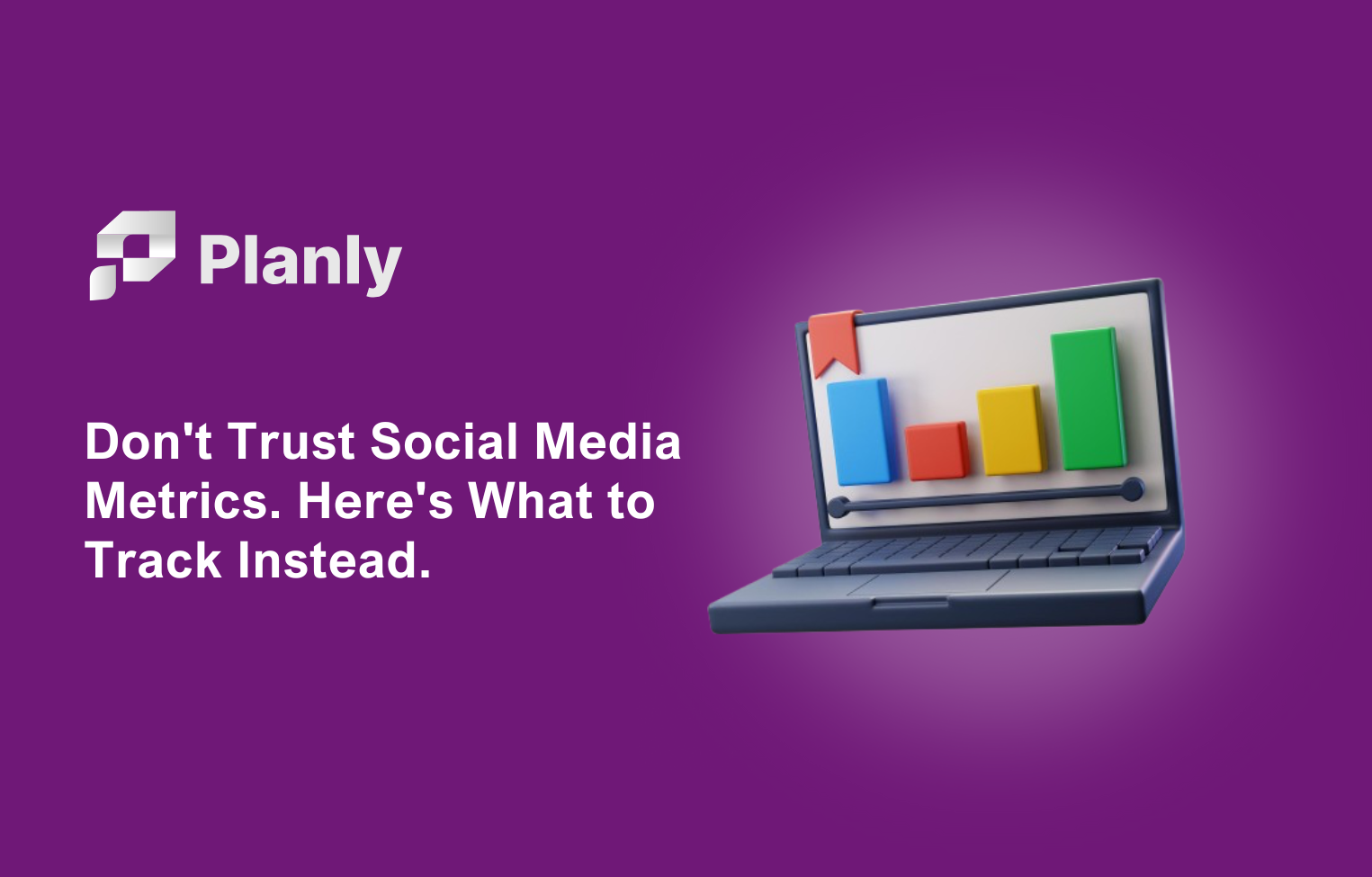Welcome to the world of digital marketing, where the online realm is your playground, and success is just a few clicks away. In this comprehensive guide, we'll embark on a journey through the dynamic landscape of digital marketing. Whether you're a newcomer seeking to demystify the terminology or an experienced marketer looking for fresh insights, you're in the right place.
At its core, digital marketing is the strategic use of online channels, platforms, and technologies to promote and advertise products, services, or ideas. It's the art and science of leveraging the digital universe to connect with your target audience, build brand awareness, generate leads, and ultimately drive conversions.
Importance of Digital Marketing in the Modern World
In today's hyper-connected, technology-driven society, digital marketing is more than just a buzzword; it's an essential strategy for businesses and organizations of all sizes. Here's why:
- Wider Reach: With over 4.9 billion people using the internet, digital marketing allows you to reach a global audience. Whether you're a local bakery or an e-commerce giant, the web is your gateway to potential customers.
- Cost-Effective: Compared to traditional marketing methods like TV ads or billboards, digital marketing is often more budget-friendly. You can allocate your resources precisely where they'll make the most impact.
- Targeted Marketing: Digital marketing enables precise audience targeting. You can tailor your messages to specific demographics, interests, and behaviors, ensuring that your efforts resonate with the right people.
- Measurable Results: Unlike traditional advertising, digital marketing provides a wealth of data and analytics. You can track every click, view, and conversion, allowing you to fine-tune your strategies for maximum ROI.
- Adaptability: The digital landscape is constantly evolving. With digital marketing, you can adapt swiftly to changing trends and consumer preferences, staying ahead of the competition.
Preview of What the Guide Will Cover
Now that you understand the importance of digital marketing let's delve deeper into this vast realm. In the following sections, we'll explore the evolution of digital marketing, dissect various digital marketing channels (including SEO, PPC, Content Marketing, and more), discuss the art of creating a comprehensive digital marketing strategy, and uncover the secrets of successful online presence building.
The Evolution of Digital Marketing
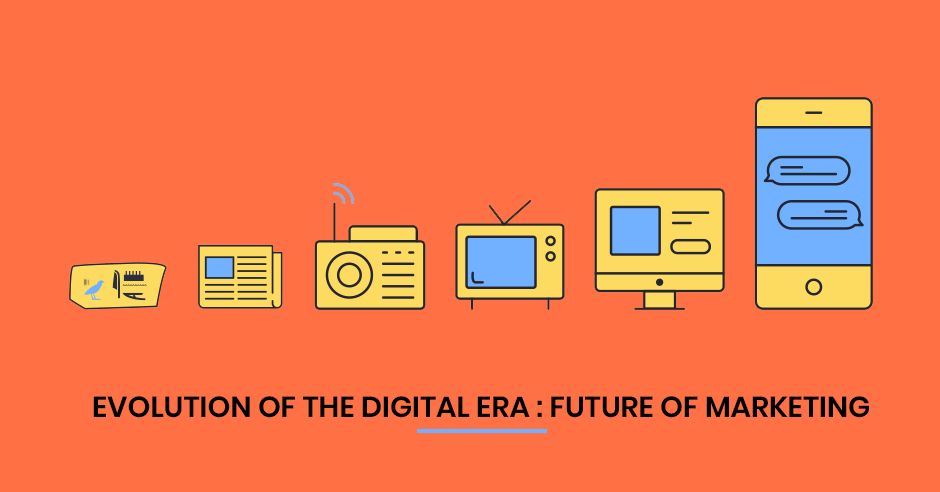
Digital marketing has come a long way since its inception. To appreciate where it stands today, it's crucial to take a step back in time. The roots of digital marketing trace back to the early days of the internet when the concept of online advertising was in its infancy.
In the 1990s, banner ads and email marketing were among the first forms of digital advertising. Companies realized the potential of reaching consumers directly through their computers. However, these early attempts lacked the sophistication and precision that modern digital marketing offers.
Fast forward to the 2000s, and the rise of search engines like Google revolutionized the game. Search Engine Optimization (SEO) emerged as a pivotal strategy, allowing businesses to optimize their websites for better visibility on search engine results pages (SERPs). This marked a significant shift towards more targeted and user-centric marketing.
Milestones and Key Developments
As digital marketing continued to evolve, several key milestones and developments paved the way for the complex ecosystem we have today. Here are a few noteworthy moments:
- The Birth of Social Media: Platforms like Facebook, Twitter, and LinkedIn emerged, offering new avenues for businesses to engage with their audience directly. Social media marketing quickly became a crucial component of digital strategies.
- The Mobile Revolution: The proliferation of smartphones changed how people access the internet. Mobile marketing strategies, including mobile-friendly websites and apps, became essential.
- Content is King: The phrase "content is king" became a mantra in digital marketing. Quality content became the driving force behind SEO, social media, and email marketing efforts. Content marketing strategies became pivotal for businesses aiming to connect with their audience more deeply.
- Data-Driven Decision Making: The availability of data and advanced analytics tools empowered marketers to make data-driven decisions. A/B testing, heatmaps, and user behavior analysis became standard practices.
- Paid Advertising: Pay-per-click (PPC) advertising platforms like Google Ads and social media advertising on platforms like Facebook Ads and Instagram Ads allow businesses to reach their target audience with precision and pay only for actual clicks or impressions.
How Digital Marketing Has Shaped Business
Digital marketing has not only adapted to the changing landscape of the internet but has also played a pivotal role in shaping it. It has transformed the way businesses operate and interact with their customers:
- Level Playing Field: Digital marketing has democratized advertising. Small businesses can compete with industry giants by leveraging cost-effective online strategies.
- Personalization: Brands can now tailor their messages to individual consumers, delivering a personalized experience that resonates with their needs and preferences.
- Global Reach: Digital marketing allows even local businesses to expand their reach globally, tapping into markets they could only dream of reaching through traditional means.
- Real-Time Engagement: Businesses can engage with their audience in real-time through social media, chatbots, and email, fostering relationships and building trust.
- Data-Backed Strategies: Businesses can make informed decisions backed by data, ensuring that every marketing dollar is spent wisely.
As we progress through this guide, we will explore the various digital marketing channels, delve into the intricacies of creating a successful strategy, and uncover the secrets to building a robust online presence. Each section will provide you with valuable insights and actionable steps to navigate the ever-evolving world of digital marketing effectively.
Understanding Digital Marketing Channels
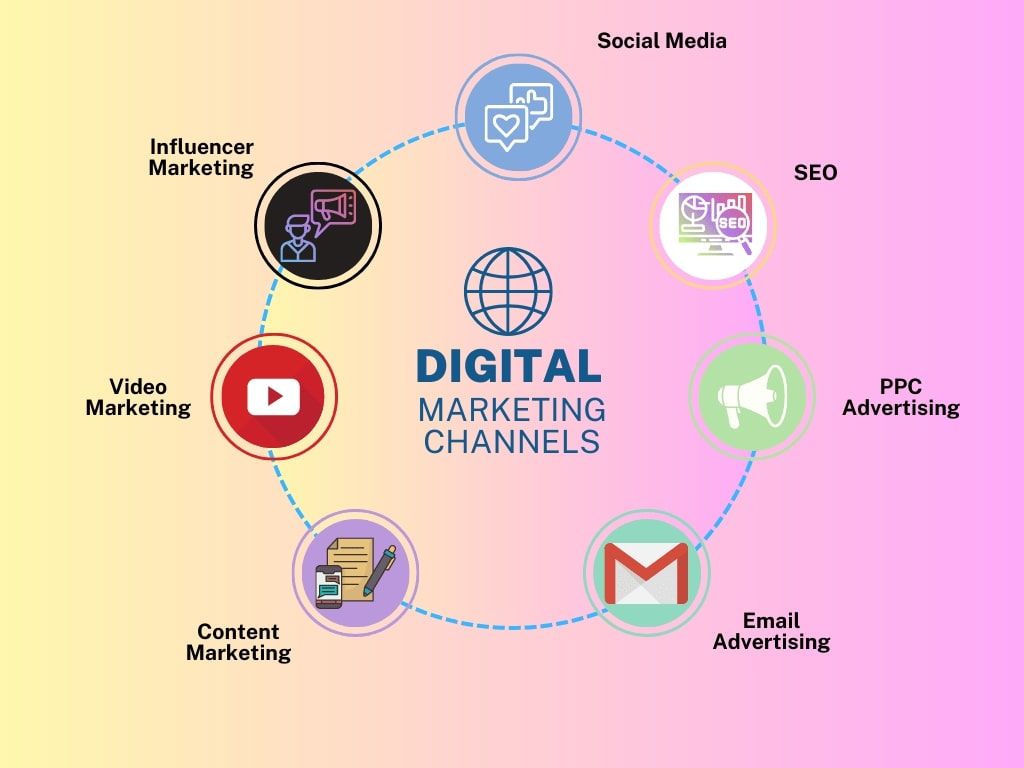
In the world of digital marketing, there's no one-size-fits-all approach. To succeed, you need to understand the diverse range of channels at your disposal, each with its own set of strengths and strategies. In this section, we'll explore the key digital marketing channels and weigh the pros and cons of each.
Overview of Various Digital Marketing Channels
- SEO (Search Engine Optimization):
Description: SEO is the process of optimizing your website to rank higher in search engine results, increasing organic (unpaid) traffic.
Strengths: Long-term sustainability, cost-effective, builds credibility.
Strategies: Keyword optimization, high-quality content, on-page and off-page SEO.
2. PPC (Pay-Per-Click) Advertising:
Description: PPC involves paid advertising where you pay a fee each time your ad is clicked.
Strengths: Immediate results, highly targeted, measurable ROI.
Strategies: Keyword research, ad copy optimization, bid management.
3. Content Marketing:
Description: Content marketing focuses on creating and distributing valuable content to attract and engage the target audience.
Strengths: Builds trust, educates, and informs, long-term impact.
Strategies: Content strategy, blogging, infographics, video marketing.
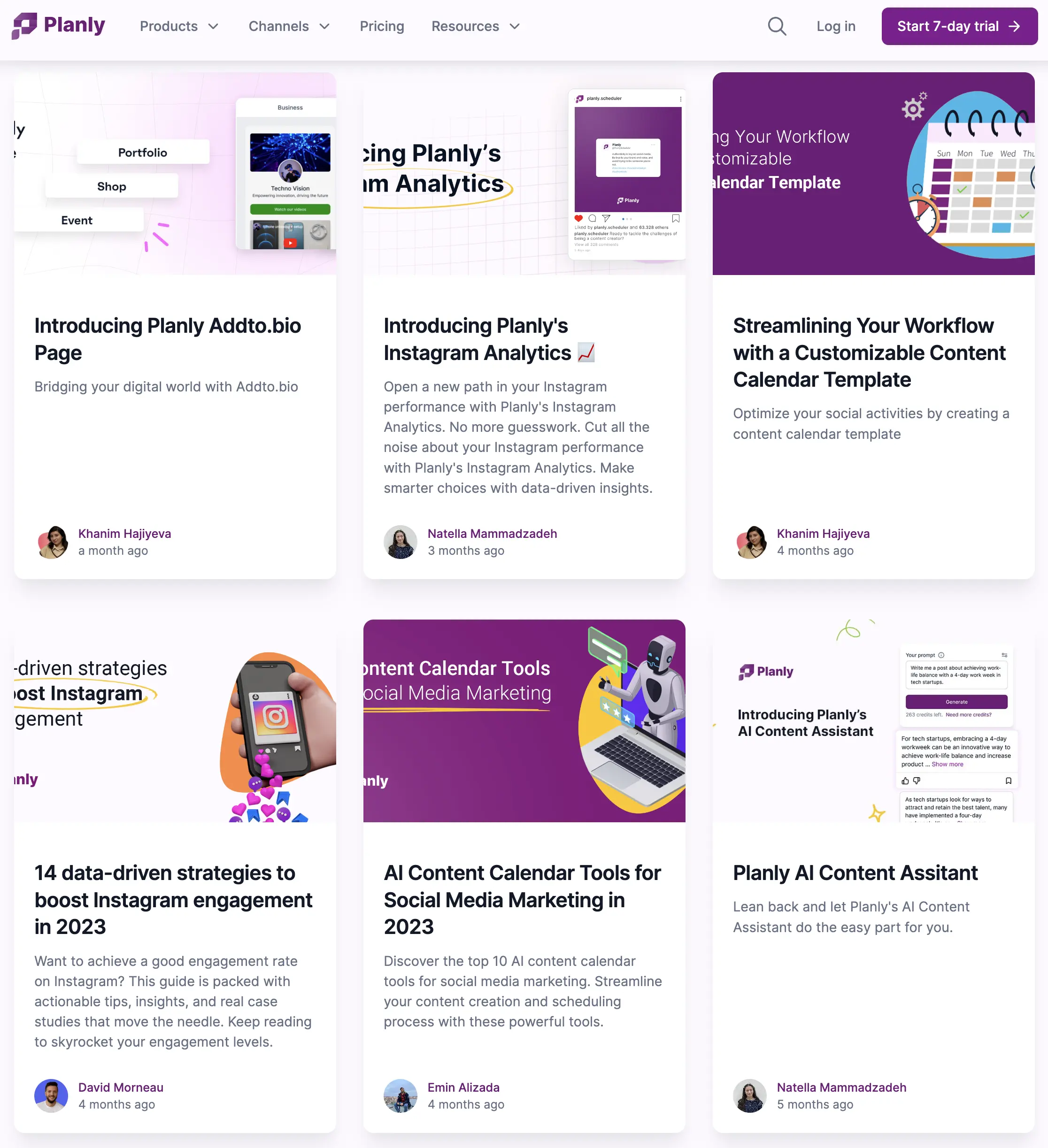
4. Email Marketing:
Description: Email marketing involves sending targeted emails to a list of subscribers.
Strengths: Direct communication, high ROI, automation possibilities.
Strategies: List building, segmentation, personalized content.
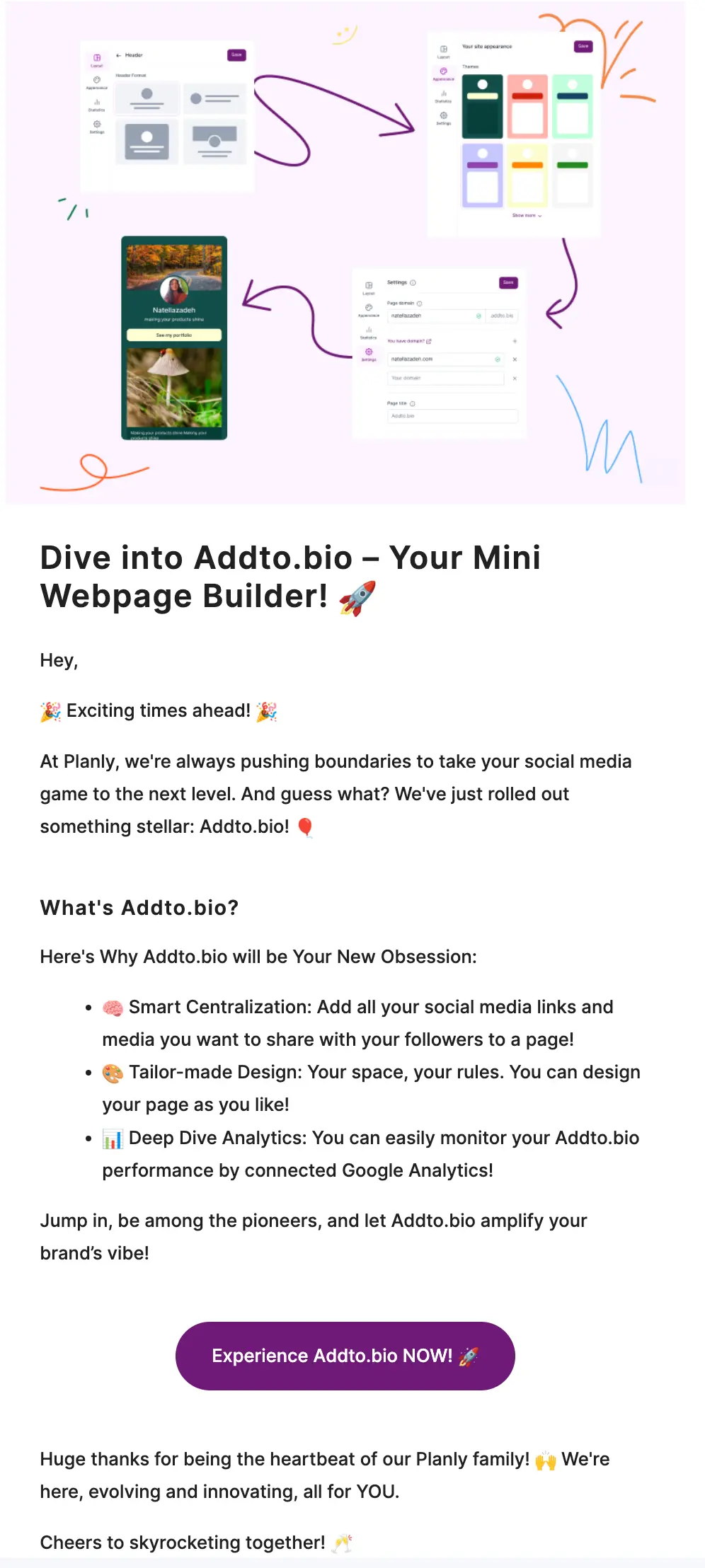
5. Affiliate Marketing:
Description: Affiliate marketing is a performance-based model where businesses reward affiliates for driving traffic or sales.
Strengths: Cost-effective, broad reach, minimal risk.
Strategies: Partnering with affiliates, tracking and analytics.
6. Social Media Marketing:
Description: Social media marketing uses social platforms like Facebook, Instagram, and Twitter to connect with the audience.
Strengths: Brand visibility, engagement, and customer support.
Strategies: Content scheduling, audience targeting, social advertising.
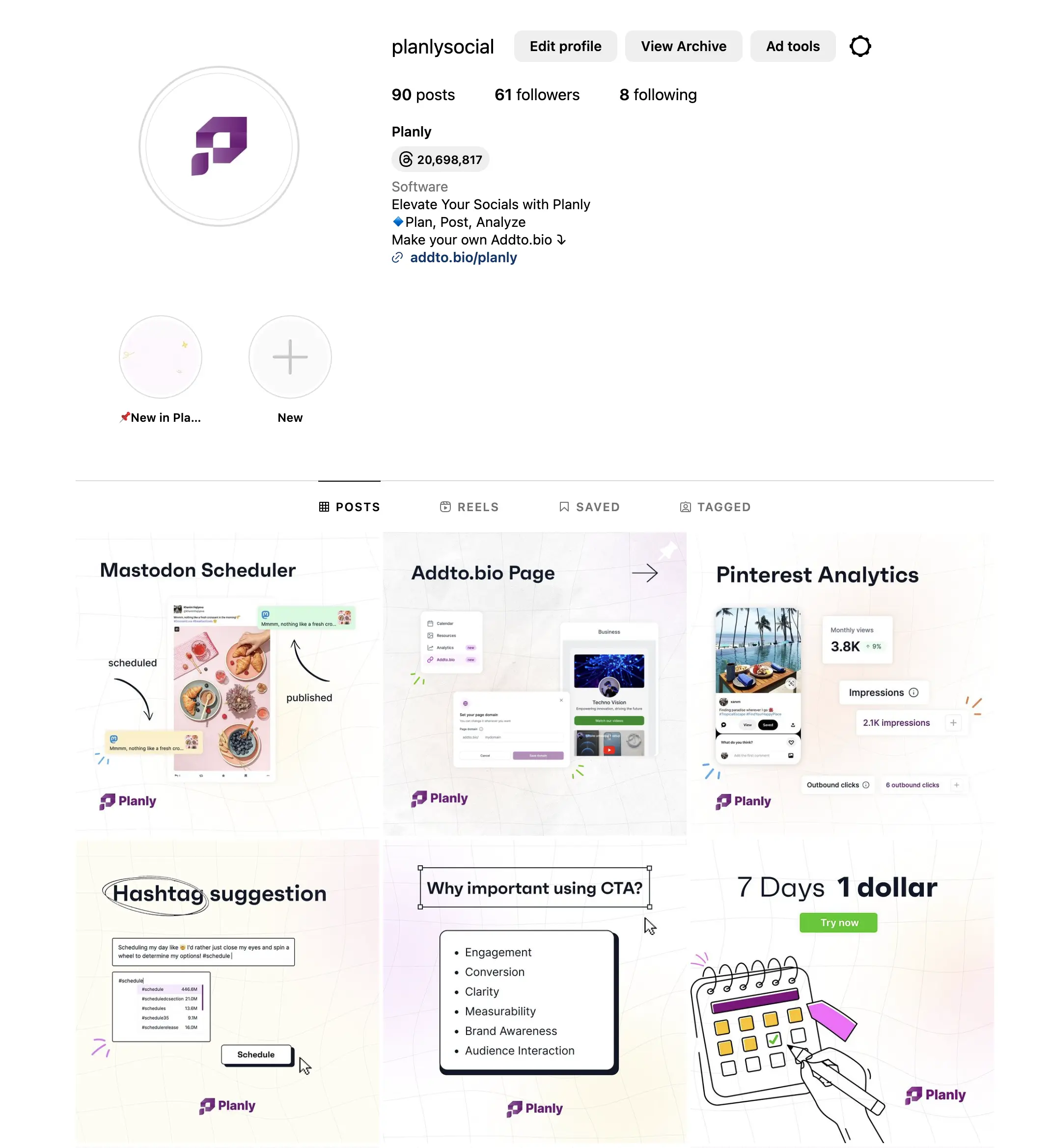
7. SEM (Search Engine Marketing):
Description: SEM encompasses both SEO and PPC to increase visibility on search engines.
Strengths: Combines organic and paid search efforts to maximize reach.
Strategies: Keyword optimization, paid ad campaigns.
Pros and Cons of Each Channel
Now, let's examine the strengths and considerations for each channel in more detail:
SEO (Search Engine Optimization)
Pros:
- Long-term Sustainability: Once you rank well, organic traffic can continue without ongoing costs.
- Cost-Effective: Compared to paid advertising, SEO can be more cost-effective over time.
- Builds Credibility: High search rankings often translate to increased trust and authority.
Cons:
- Time-Consuming: SEO results take time to materialize, and ongoing optimization is required.
- Competitive: Rankings can be fiercely competitive in some industries.
- Algorithm Changes: Search engines frequently update algorithms, requiring continuous adaptation.
In Simpler Terms: SEO is like planting a tree. It takes time to grow, but it provides long-lasting benefits once it does. If you're just getting started, learning the fundamentals can be made easier by following this guide on how to learn SEO, which simplifies the process for beginners.
PPC (Pay-Per-Click) Advertising
Pros:
- Immediate Results: You can start driving traffic and leads almost instantly.
- Highly Targeted: You can specify who sees your ads based on demographics and search intent.
- Measurable ROI: You only pay when someone interacts with your ad, making ROI calculations straightforward.
Cons:
- Costs: Click costs can add up, and poorly managed campaigns can be costly.
- Skill Required: Effective PPC management requires expertise to avoid wasting money.
- Competition: Popular keywords can have high bid prices and fierce competition.
In Simpler Terms, PPC is like turning on a faucet. You can control the flow, but it comes at a cost.
Content Marketing
Pros:
- Builds Trust: Providing valuable content can establish trust and authority.
- Educates and Informs: Content helps your audience understand your products or industry.
- Long-Term Impact: Quality content can continue to drive traffic for years.
Cons:
- Time-Intensive: Creating quality content takes time and effort.
- Requires Consistency: Content marketing requires a consistent publishing schedule.
- Competition: Many businesses invest in content, making it crowded.
In Simpler Terms, Content marketing is like writing a helpful guide. It takes effort, but it keeps helping people over time.
These are just a few of the many channels available in the digital marketing landscape. Each channel has its unique strengths and considerations, and the right mix depends on your business goals, target audience, and resources.
Creating a Comprehensive Digital Marketing Strategy
A successful digital marketing campaign doesn't happen by chance. It requires careful planning, a clear roadmap, and a deep audience understanding. This section will explore the crucial elements of creating a comprehensive digital marketing strategy.
The Importance of a Comprehensive Strategy
Imagine building a house without a blueprint; it would be chaotic and disorganized. Similarly, a digital marketing strategy serves as your blueprint for success. It provides direction, ensures your efforts are aligned, and maximizes your chances of achieving your goals.
Setting Clear Objectives and Goals
Your digital marketing strategy should begin with measurable objectives. These objectives should be specific, realistic, and aligned with your overall business goals. For instance, you might aim to:
- Increase website traffic by 30% in the next six months.
- Generate 500 leads per month through your website.
- Boost social media engagement by 20% over the next quarter.
Target Audience and Buyer Personas

Understanding your target audience is paramount. You need to know who your customers are, their problems, and how your products or services can solve them. Creating buyer personas—detailed profiles of your ideal customers—can help you effectively tailor your messaging and campaigns.
Competitive Analysis
Analyzing your competition is crucial for identifying opportunities and threats. What are your competitors doing well, and where are they falling short? You can gain valuable insights by evaluating their digital presence, content, and strategies.
In Simpler Terms, Consider your digital marketing strategy as a treasure map. It outlines your destination (objectives), the path you'll take (tactics and channels), and the tools you'll use (resources and budget). Knowing your audience is like understanding the type of treasure you seek and studying the competition is akin to scouting other treasure hunters' methods.
Creating a digital marketing strategy is a bit like planning a road trip. You start with a destination in mind, decide on the route, and ensure you have everything you need for the journey. Now, let's hit the road to building your online presence.
Building an Online Presence
Building a robust online presence is like constructing a sturdy foundation for your digital marketing efforts. It involves optimizing your website, creating compelling content, and ensuring a seamless user experience.
Website Optimization and Design
Your website is often the first point of contact between your business and potential customers. It should be visually appealing, easy to navigate, and optimized for both search engines and user experience. Key aspects include:
- Mobile Responsiveness: With the increasing use of smartphones, your website must be mobile-friendly. Leveraging web development services can help ensure your site is optimized for mobile devices.
- Page Speed: Slow-loading pages can deter visitors. Optimize for fast load times.
- User-Friendly Navigation: Ensure that visitors can easily find what they're looking for.
- Security: Protect your site and user data with SSL certificates and regular security audits.
SEO Best Practices
Search Engine Optimization (SEO) is the art of improving your website's visibility on search engines. Incorporating SEO best practices into your website and content can help you rank higher on search engine results pages (SERPs) and attract organic traffic. Key aspects include:
- Keyword Research: Identify the keywords your audience uses to search for your products or services.
- Quality Content: Create informative, engaging, and valuable content that addresses your audience's needs.
- On-Page SEO: Optimize titles, headings, meta descriptions, and image alt tags.
- Link Building: Earn high-quality backlinks to your site to boost authority.
Content Creation and Blogging
Content is the heart of your online presence. It's how you communicate with your audience, showcase your expertise, and provide value. Consistent and high-quality content can help you
- Attract and Retain Visitors: Fresh content keeps visitors coming back for more.
- Establish Authority: Quality content positions you as an industry expert.
- Improve SEO: Regularly updated content can improve search rankings.
- Engage Your Audience: Shareable content can boost your brand's reach.
User Experience (UX) and User Interface (UI) Design

A well-designed website looks good and offers an excellent user experience. Consider the following elements:
- Intuitive Navigation: Ensure visitors can easily find information and complete actions.
- Clear Calls to Action (CTAs): Guide users toward desired actions, such as signing up or purchasing.
- Responsive Design: Ensure your site functions seamlessly on various devices and screen sizes.
- Visual Appeal: Use visually appealing design elements to captivate and engage visitors.
Creating an online presence is like setting up a storefront. It should be welcoming, easy to navigate, and filled with valuable offerings. By optimizing your website and focusing on user experience, you're setting the stage for success in the digital realm.
Social Media Marketing
Social media platforms have become bustling marketplaces where brands connect with their audiences, share their stories, and build relationships. Understanding how to leverage social media effectively is essential in today's digital landscape.
Leveraging Social Media Platforms
Social media marketing involves using platforms like Facebook, Instagram, Twitter, LinkedIn, and others to engage with your audience and promote your brand. It's not just about posting updates; it's about building a community around your brand. Here's how you can make the most of social media:
- Platform Selection: Choose the platforms where your target audience is most active. For instance, if you're targeting professionals, LinkedIn may be more effective than Instagram.
- Content Variety: Share a mix of content types, including text, images, videos, and infographics. This variety keeps your audience engaged.
- Consistent Posting: Regular posting keeps your audience informed and engaged. Create a content calendar to plan your posts.
- Interactivity: Respond to comments, messages, and mentions promptly. Social media is a two-way street, and engagement is key.
Crafting Engaging Content
Your social media content should capture attention and encourage interaction. Consider these content ideas:
- Visual Storytelling: Share behind-the-scenes glimpses of your business, customer success stories, or company brand culture.
- User-Generated Content: Encourage your customers to share their experiences and tag your brand.
- Polls and Surveys: Ask questions to gather insights and involve your audience in decision-making.
- Live Video: Live streaming events, product launches, or Q&A sessions can create real-time engagement.
Building and Nurturing Communities
Successful social media marketing involves fostering a sense of belonging and community among your followers. Encourage discussions, run contests, and share valuable insights related to your industry. Building a community not only boosts engagement but also enhances brand loyalty.
Paid Advertising on Social Media
In addition to organic content, social media platforms offer robust paid advertising options. You can create highly targeted ads based on demographics, interests, and behavior. Paid social media advertising can help you reach a broader audience and achieve specific campaign objectives.
In Simpler Terms: Think of social media marketing as hosting a friendly gathering at your business. You decorate the space (your profile), invite guests (followers), and engage with them through conversations, stories, and activities. It's about building connections and making your brand more approachable.
Now, let's move on to the next section, which explores the power of email marketing—a direct and personalized way to connect with your audience.
Email Marketing
Email marketing remains a formidable tool in the digital marketer's toolkit. It's a direct line to your audience's inbox, offering a personalized and effective means of communication.
Building and Managing Email Lists
Your email marketing efforts start with a high-quality subscriber list. Building and managing this list involves:
- Permission-Based Subscriptions: Ensure that subscribers have opted in to receive your emails.
- Segmentation: Divide your list into segments based on demographics, behavior, or preferences for targeted messaging.
- List Maintenance: Regularly clean your list by using an email verifier to remove invalid email addresses and by removing inactive or unsubscribed contacts.
Email Campaign Planning

Successful email marketing campaigns require careful planning. Here's a simplified breakdown:
- Goal Setting: Define your campaign's objectives. Is it to promote a product, nurture leads, or share valuable content?
- Content Creation: Craft compelling and relevant email content. Personalization and storytelling can significantly impact engagement.
- Design and Layout: Create visually appealing emails that are easy to read on both desktop and mobile devices.
- Testing: A/B testing allows you to optimize elements like subject lines, images, and CTAs for better results.
Automation and Personalization
Email marketing platforms offer automation features that allow you to send targeted messages at the right time. Personalization is key to making recipients feel valued. Tailor emails based on their preferences and behavior to improve open and click-through rates.
Analyzing Email Marketing Metrics

Email marketing provides a wealth of data to measure your campaign's success:
- Open Rate: The percentage of recipients who opened your email.
- Click-Through Rate (CTR): The percentage of recipients who clicked on a link within your email.
- Conversion Rate: The percentage of recipients who completed the desired action, such as making a purchase.
- Bounce Rate: The percentage of emails that couldn't be delivered.
These metrics help you refine your email marketing strategy for better results.
Email marketing is akin to sending personalized letters to your audience. It's direct, intimate, and tailored to each recipient's needs and preferences. Moreover, effective email marketing practices ensure your messages resonate with recipients and drive the desired actions.
Pay-Per-Click (PPC) Advertising
Pay-Per-Click (PPC) advertising is a highly targeted method to reach potential customers immediately. It's a powerful tool in your digital marketing arsenal but requires careful planning and execution.
Understanding PPC Basics
PPC advertising involves paying a fee each time a user clicks on your ad. The most common platform for PPC is Google Ads, but it's also used on social media platforms like Facebook Ads and LinkedIn Ads. Here are some key aspects:
- Keywords: You select keywords relevant to your business, and your ads appear when users search for those keywords.
- Ad Auctions: When a user searches, an ad auction takes place, determining which ads appear and in what order.
- Ad Copy: Craft compelling ad copy that entices users to click. It should be relevant to the search query.
- Bid Management: Set a bid amount for each keyword to determine how much you're willing to pay for a click.
Creating Effective Ad Campaigns
A successful PPC campaign involves several steps:
- Keyword Research: Identify relevant keywords that potential customers are likely to use in their search queries.
- Ad Groups: Organize keywords into ad groups based on relevance. This helps in creating targeted ad copy.
- Ad Copywriting: Craft concise and compelling ad copy that includes relevant keywords. Highlight unique selling points.
- Landing Pages: Ensure that the landing page users are directed to after clicking the ad is highly relevant and optimized for conversions.
- Bid Optimization: Monitor and adjust your bids to maximize your budget's efficiency.
Keyword Research and Selection
Effective PPC starts with keyword research. This process involves identifying the keywords and phrases your potential customers use to search for similar products or services. Tools like Google Keyword Planner can help you discover relevant keywords with high search volume and manageable competition.
Measuring PPC Campaign Success
The success of your PPC campaigns can be measured through various metrics:
- Click-Through Rate (CTR): The percentage of users who clicked your ad after seeing it.
- Conversion Rate: The percentage of users who completed a desired action, like making a purchase or filling out a contact form.
- Quality Score: A metric used by Google Ads to measure the quality and relevance of your ads and keywords.
- Return on Investment (ROI): Calculate the return you've generated from your ad spend.
In Simpler Terms: Think of PPC advertising as a silent auction. You're competing against others for the attention of potential customers. Your bid is like the price you're willing to pay for a spotlight; your ad copy is your sales pitch to win that spotlight.
PPC advertising is like planting seeds. You invest in ads that target specific keywords, and each click is like a seed that has the potential to grow into a valuable customer.
Now, let's explore the world of content marketing, where creating valuable and engaging content plays a pivotal role in your digital marketing strategy.
Content Marketing
Content marketing is a cornerstone of digital marketing. It's about creating valuable, relevant content to attract and engage your target audience. Let's dive into the strategies and practices that make content marketing successful.
Content Strategy and Planning
A well-defined content strategy is essential for content marketing success. It involves:
- Audience Research: Understanding your audience's needs, preferences, and pain points.
- Content Calendar: Planning what content to create and when to publish it.
- Content Types: Deciding on the types of content you'll create, such as blog posts, videos, infographics, ebooks, and more.
- Keyword Research: Identifying relevant keywords to optimize your content for search engines.
Content Creation and Promotion
High-quality content is the foundation of content marketing. Some tips for effective content creation include:
- Originality: Create unique content that offers fresh insights or a unique perspective. To ensure your content is free from duplication, use a plagiarism remover before publishing.
- Relevance: Ensure your content addresses the needs and interests of your target audience.
- Visual Appeal: Use visuals like images, videos, and infographics to enhance your content's appeal.
- Promotion: Share your content on social media, in email campaigns, and through other channels to reach a wider audience.
Content Analytics and Optimization
Analyzing the performance of your content is crucial for ongoing improvement. Some key metrics to track include:
- Traffic: Measure the number of visitors your content attracts.
- Engagement: Look at metrics like time spent on page, shares, and comments.
- Conversion Rate: Calculate the percentage of visitors who take a desired action, like signing up for a newsletter or making a purchase.
- Bounce Rate: Monitor the percentage of visitors who leave your site after viewing only one page.
In Simpler Terms: Content marketing is like being a helpful guide. You create content that answers questions, solves problems, and provides valuable insights to your audience.
Imagine content marketing as building a library. Each piece of content is a book, and your website becomes a valuable resource that people return to for information and knowledge.
Data Analytics and Measurement
In the digital marketing landscape, data is the compass that guides your journey. It provides insights into what's working, what's not, and how to improve. Let's explore the importance of data analytics and how it can help you make informed decisions.
Importance of Data in Digital Marketing
Data is the lifeblood of digital marketing. It allows you to:
- Measure Success: Track the performance of your campaigns and strategies.
- Understand Audience Behavior: Gain insights into how your audience interacts with your digital assets.
- Optimize Strategies: Identify areas for improvement and refine your approach.
Key Metrics to Track
Digital marketing offers a plethora of metrics to monitor. Here are some key ones:
- Website Traffic: Monitor the number of visitors to your site and their sources.
- Conversion Rate: Track the percentage of visitors who take desired actions (e.g., making a purchase).
- Bounce Rate: Assess the percentage of visitors who leave your site after viewing only one page.
- Click-Through Rate (CTR): Measure the percentage of users who click on your ads or links.
- Return on Investment (ROI): Calculate the return generated from your marketing efforts relative to your expenses.
Tools for Analytics and Reporting
To effectively analyze data, you'll need the right tools. Some popular analytics tools include:
- Google Analytics: Provides comprehensive website traffic data and user behavior insights.
- Google Search Console: Helps you monitor and improve your website's presence in Google search results.
- Social Media Analytics: Platforms like Facebook and Twitter offer built-in analytics for tracking social media performance.
- Email Marketing Platforms: Tools like Mailchimp and HubSpot offer email campaign analytics.
- SEO Tools: Tools like Moz and SEMrush help you monitor and improve your SEO efforts.
Using Data to Improve Campaigns
Data is most valuable when it leads to actionable insights. Here's how you can use data to enhance your digital marketing campaigns:
- Identify Top-Performing Content: Analyze which content resonates most with your audience and create more like it.
- A/B Testing: Experiment with different elements (e.g., ad copy, email subject lines) to see what performs best.
- Conversion Funnel Analysis: Examine where users drop off in the conversion process and optimize those steps.
- Audience Segmentation: Segment your audience based on behavior and preferences to deliver personalized content.
In Simpler Terms: Think of data analytics as using a GPS during a road trip. It tells you where you are, where you're headed, and suggests the best route to take. Without it, you might get lost or miss valuable shortcuts.
Data analytics is like inspecting the engine of a car. It helps you identify issues, fine-tune performance, and ensure you're getting the most out of your vehicle.
Now, let's explore the future of digital marketing in the next section. We'll discuss emerging technologies, changing regulations, and what lies ahead in this dynamic field.
Digital Marketing Trends and Future Outlook
The digital marketing landscape is ever-evolving, and staying ahead of the curve is essential. In this section, we'll delve into the emerging trends and factors shaping the future of digital marketing. For agencies specifically, understanding and adapting to digital marketing trends can provide a competitive edge and help in crafting more effective strategies.
Emerging Technologies
- Artificial Intelligence (AI): AI is transforming digital marketing by enabling better data analysis, personalized content recommendations, and chatbots for customer support.
- Augmented Reality (AR) and Virtual Reality (VR): AR and VR are changing the way consumers interact with brands through immersive experiences.
- Voice Search: The rise of voice-activated devices like smart speakers is changing the way users search for information online.
- Chatbots and Conversational Marketing: Chatbots provide instant customer support and can guide users through the buying process.
Privacy and Data Regulations
Privacy concerns have led to increased regulations, such as the General Data Protection Regulation (GDPR) and the California Consumer Privacy Act (CCPA). Adhering to these regulations is crucial to maintaining trust with your audience.
The Changing Landscape of Digital Marketing
The digital marketing landscape is becoming more competitive. As more businesses invest in digital strategies, standing out requires creativity, innovation, and a deep understanding of your audience.
In Simpler Terms: Think of digital marketing trends as new tools and tactics that keep your marketing strategies sharp and effective.
Imagine digital marketing as a constantly evolving puzzle. The pieces change shape and color, but your goal remains the same: connecting with your audience effectively.
Case Studies and Success Stories
Learning from real-world examples can provide valuable insights and inspiration for your own digital marketing efforts. In this section, we'll explore case studies and success stories of brands that have excelled in the digital marketing arena.
Real-World Examples of Effective Marketing Campaigns
- Nike's "Just Do It" Campaign: Nike's iconic campaign not only solidified its brand identity but also inspired countless individuals to pursue their goals.
- Coca-Cola's Share a Coke Campaign: By personalizing their products with names, Coca-Cola encouraged customers to share their experiences on social media, leading to a massive increase in brand visibility.
- Dollar Shave Club's Viral Video: The company's humorous and relatable video helped it gain millions of subscribers in a short time, showcasing the power of creative content.
- Airbnb's Instagram Campaign: Airbnb leveraged user-generated content on Instagram to showcase unique listings, offering travelers a more personal and authentic experience.
What We Can Learn from Successful Brands
These success stories teach us several valuable lessons:
- Consistency in Branding: Brands like Nike and Coca-Cola have maintained a consistent brand image over the years, reinforcing their message.
- Creativity Matters: Dollar Shave Club's unconventional approach showed that creativity can be a game-changer in digital marketing.
- Leverage User-Generated Content: Airbnb's use of user-generated content on social media highlights the power of authenticity and customer engagement.
- Adaptation and Innovation: Successful brands continuously adapt to new technologies and platforms to stay relevant.
By studying these examples, you can gain insights into what works in digital marketing and apply those principles to your own strategies.
In Simpler Terms: Think of case studies as success stories from which you can learn valuable lessons. They're like maps showing the paths others have taken to reach their destination.
Imagine learning from successful brands as sitting down with mentors who share their secrets to success. It's like having a treasure chest of knowledge at your disposal.
Conclusion
In this comprehensive guide to digital marketing, we've covered a wide range of topics, from the evolution of digital marketing to the importance of data analytics and emerging trends.
Thank you for embarking on this journey through the comprehensive guide to digital marketing. Feel free to reach out if you have any questions, need further assistance, or would like to explore specific topics in more detail. Digital marketing is an ongoing adventure, and I'm here to help you navigate it successfully.





